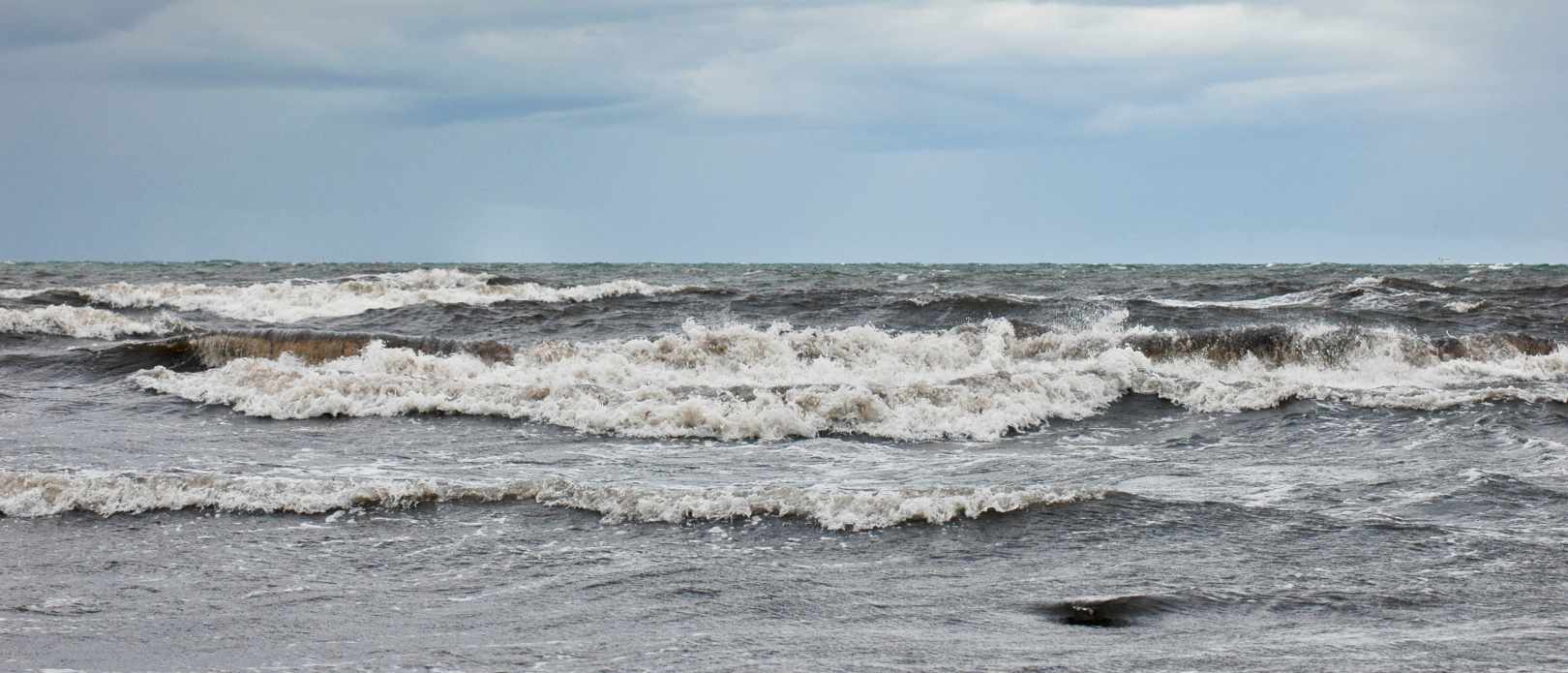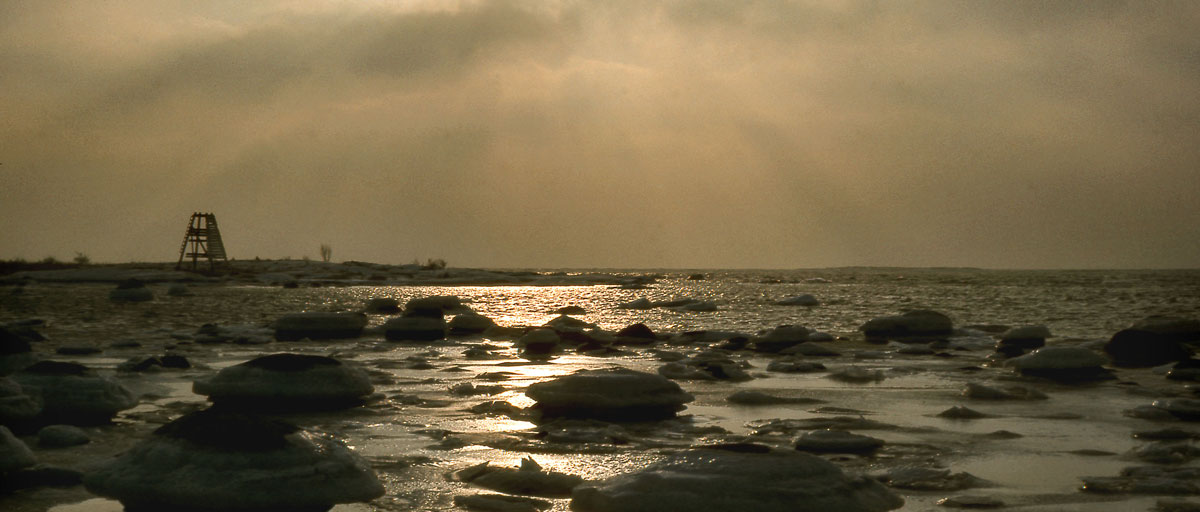BALTIC SEA FISHERIES
International trade important to consider for sustainability of Baltic fisheries

With increasing international trade, the Baltic Sea region’s strategy of stabilising its fisheries may jeopardize resilience to change, a recent study has found. Photo: I. Petterson/Azote
Researchers develop a method to quantify never-seen-before conditions in the Baltic Sea region. Fast, global changes may have negative consequences for sustainability
- Socio-economic novelty increased nonlinearly in the past, with international trade being the most important factor in the Baltic since the mid-2000s
- Policy faces a trade-off between stabilising fisheries or enabling adaptation of the Baltic fisheries to novel conditions
- International collaboration for sustainability is needed to address factors outside the legislation of national states
SEAS OF NOVELTY: A plethora of national and EU regulations and legislation exist to sustainably manage the fisheries in the countries wrapped around the Baltic Sea.
But with increasing dependence on international trade of fisheries products, the region’s current strategy of stabilising its fisheries may in fact jeopardize resilience to change, a recent collaboration between the Stockholm Resilience Centre and Kiel University has found.
The study, which was published in Fish and Fisheries and led by centre researcher Yosr Ammar with colleagues Susa Niiranen and Thorsten Blenckner as well as Rudi Voss from Kiel University, uses the concept of “socio-economic novelty” to look at changes to the region over the last 40 years, finding that stabilisation has decreased fisheries’ ability to adapt to environmental changes and market variation.
We have identified fast appearing never-seen-before (novel) socio-economic conditions in the Baltic countries resulting from increasing international trade that requires swift adaptation, or else we will see negative consequences for sustainability.
Yosr Ammar, lead author
A better understanding
Never-seen-before socio-economic conditions are not implicitly good or bad. They might be sustainable, for example, if they emerge from improved fishing methods through the use of more selective fishing gear.
On the other hand, they can also be unsustainable when they result from overfishing or loss of fishing-related cultural services.
In the study, Ammar and her colleagues developed a method to quantify socio-economic novelty in the Baltic Sea.
This, they say, can give us a better understanding of the complexity of a social-ecological system and help us understand what actions are needed at different governance levels to reach a sustainable future.
More EU engagement needed
The authors found that measures intended to stabilize Baltic fisheries (for example, to increase plannability), may reduce their ability to adapt to economic uncertainty and the impacts of climate change.
At the same time, fisheries are embedded in complex marine social-ecological systems. Humans and ecosystems are increasingly interconnected across distant borders through trade. In the case of the Baltic fisheries, there is increasing dependence on the import of fisheries products.
“With increasing novelty from international trade outside of the legislation of nation states and the EU, active engagement with management of Baltic fisheries is more important than ever,” says Ammar.
So what can be done? We will need measures to increase the adaptive capacity of the Baltic fishery system while safeguarding its ecosystem services.
“This is a tough job,” say the authors.
“But measures such as fishery diversifications, adaptive co-management, or increased direct marketing may help to allow more flexibility and increase resilience of fishers to cope with shocks. This could be coupled with decreasing reliance on international trade," they conclude.
Methodology
Researchers used open access time series of catch by gears, catch by commercial groups and trade. These data were considered as indicators of changes in management and governance at national (countries) level, regional (EU) level, and international level. This paper used a combination of quantitative and qualitative methods. First, novelty was measured as a distance to the whole system in the past conditions. Second, a cluster analysis identified the countries contributing most to novelty. Last, a qualitative analysis allowed us to identify the drivers of novelty over the studied time period.
Ammar, Y., Voss, R., Niiranen, S., Blenckner, T. 2021. Quantifying socio-economic novelty in fisheries social-ecological systems. Fish and Fisheries, https://doi.org/10.1111/faf.12626








